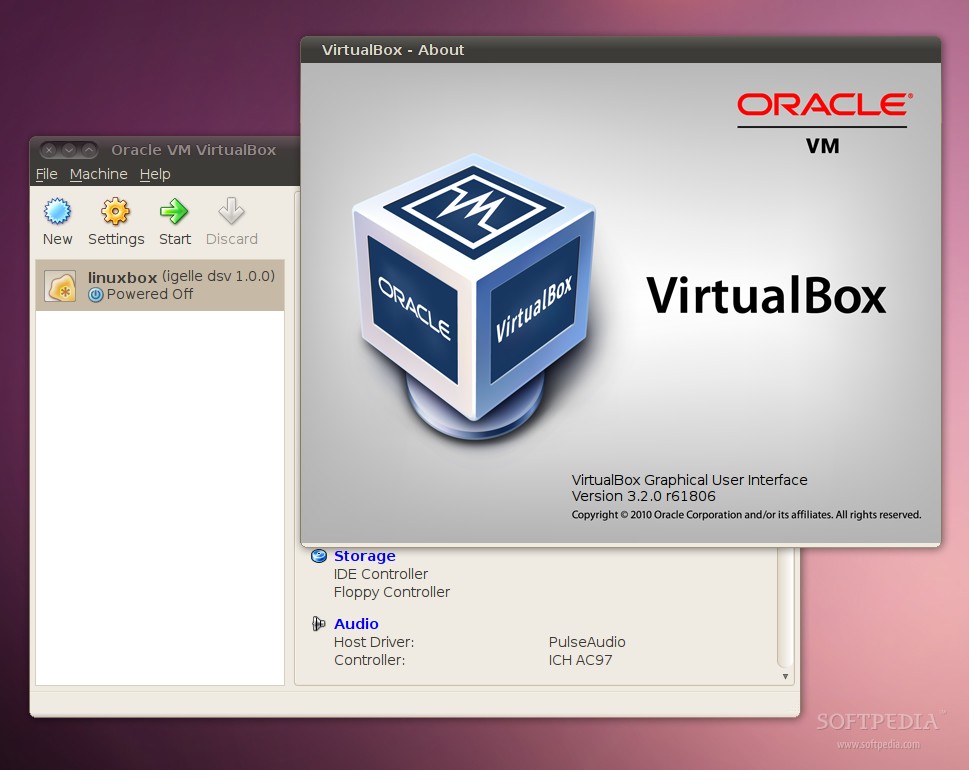

It supports the creation and management of guest virtual machines running Windows, Linux, BSD, OS/2, Solaris, Haiku, and OSx86, as well as limited virtualization of macOS guests on Apple hardware. There are also ports to FreeBSD and Genode. VirtualBox may be installed on Microsoft Windows, macOS, Linux, Solaris and OpenSolaris. VirtualBox was originally created by InnoTek Systemberatung GmbH, which was acquired by Sun Microsystems in 2008, which was in turn acquired by Oracle in 2010. Oracle VM VirtualBox (formerly Sun VirtualBox, Sun xVM VirtualBox and InnoTek VirtualBox) is a type-2 hypervisor for x86 virtualization developed by Oracle Corporation. GNU GPLv3 only with linking exception to GNU GPLv2 incompatible licenses X86-64 only (version series 5.x and earlier work on IA-32) Here you have the instructions on how to do so.Windows, macOS (only Intel-based Macs), Linux and Solaris Now you need to install Ubuntu just like you would install it on a physical machine. Next, select a vritual optical disk file containing a disk to start instalation: Next, type the name of the new virtual hard drive file or select a different folder to create the file in and click Create: In this example we will be using dynamic disks, but fixed disks will work just as well: Select VDI hard drive type and click Next: This file represents an entire hard disk then, so you can even copy it to another host and use it with another VirtualBox installation: Next, you must specify a virtual hard disk for your VM. There are multiple ways in which VirtualBox can provide hard disk space to a VM, but the most common way is to use a large image file on your real hard disk, whose contents VirtualBox presents to your VM as if it were a complete hard disk. Next, select the amount of memory (RAM) to be allocated to the virtual machine:

Give the VM a name and make sure that the operating system and version are Linux and Ubuntu, respectively. To create a new virtual machine click on the New button in the VirtualBox Manager GUI window. In this section we will describe how to install Ubuntu as the guest operating system from an ISO image file.


 0 kommentar(er)
0 kommentar(er)
